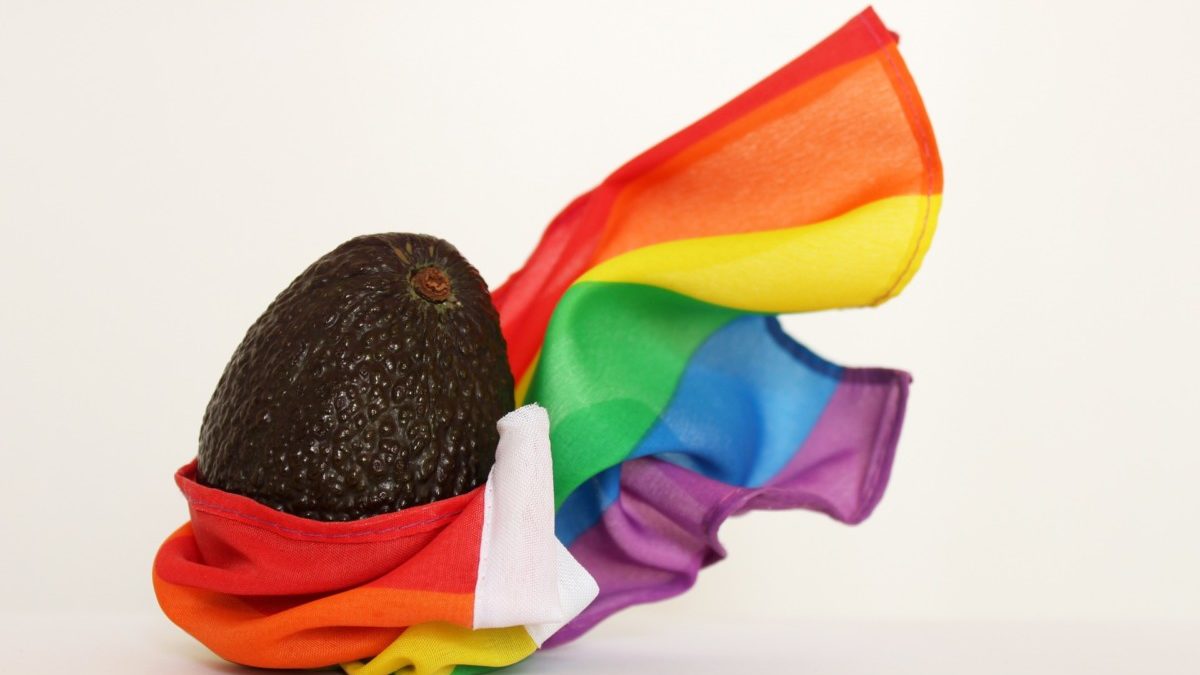by Martha Albertson Fineman

“On January 19, 2013, an article written by Michael Schulman in the New York Times highlighted the increasing sexual and gender diversity of students in many universities across the United States. Entitled “Generation LGBTQIA,” Schulman described how the more “traditional” lesbian, gay, bisexual and transgender (LGBT) grouping has been augmented by students seeking new terms and categories to express diverse understandings of sexuality, gender, physical bodies, and evolving identities.
The “Q” in LGBTQIA can refer to questioning—indicating an individual who does not clearly identify with existing categories or who is in the process of exploring their sexual and/or gender identity. “Q” can also indicate “queer,” a term that was re-appropriated and reclaimed by activists in the 1990s and is sometimes used as an all-inclusive umbrella term, as well as referring to an academic perspective of inclusion. “I” indicates “intersexual,” someone whose anatomy is neither male nor female. The addition of “A” can stand for “ally,” indicating a friend of gay rights, and often a person who identifies as heterosexual. “A” can also connote “asexual,” representing those who are celibate or chaste, and perhaps even those who have low libidos.
Schulman also described a student group recently created at the University of Pennsylvania that found even the expansive LGBTQIA grouping inadequate. Focusing on gender variations, the group is called Penn Non-Cis, short for “cisgender,” a term described as denoting someone whose gender identity matches his or her biology.” In the article, bi-gender was used to refer to an individual with both traditional masculine and feminine qualities—the term was seen as more fluid than the designation of transgender, yet less vague than “gender queer.”
This creation of new terms and categories of sexual identity and gender expression is an exciting example of how human beings can intentionally create nurturing social spaces in which to foster community and a sense of belonging. These students are accomplishing this by rejecting existing categories and moving away from static identities. They also seem to recognize that although biology, sex, sexual difference, and gender are different inquiries, to a large extent, they must be studied together and in relation to each other.
The amalgamation of interests and creation of alliances with people across differences reflected in “Generation LGBTQIA” is also an effective political strategy. The students have varied individual sexual and gender identities, but emphasize similarities rather than differences in order to reach others who share their interest in broader social justice questions that affect everyone. But even more promising from my perspective as a vulnerability theorist is the fact that the students are challenging the adequacy and effectiveness of existing theoretical and conceptual organizations of identity categories.
Even though they do not articulate their efforts in these terms, they are constructing a universal framework to provide an explanatory power that they cannot find in existing distinct classifications. While the students’ approach remains built around sexual identities, by expanding the frame to potentially include all possible positions, preferences, and perspectives, they have created a universal (or all-inclusive) sexual subject. The differences among the students are not erased, but enfolded within a broad category that is relevant to everyone. As such, it invites a more inclusive and comprehensive approach to issues involving sexuality and gender.
Of course the construction of the sexual subject, as inclusive as it is on questions relating to sexuality, is not comprehensive enough to suggest an ethical or political approach to the range of human characteristics and activities that comprise the human condition. Consideration of the social position of the sexual subject would not necessarily bring discussions of economic or political inequality to the forefront of debates around social policy and law, for example. For a legal or political theorist interested in these broader concepts of equality, a more comprehensive universal understanding of subjectivity is necessary to engage the creeping fetish for individual liberty or autonomy so prevalent today in the United States. These concepts are fundamental components facilitating forces such as globalization, privatization, and corporate capitalism that drain resources from programs that address human need, redirecting them to corporate and business interests and wealthy individuals.
Of course, one could add other categories of identity to the sexual subject, hoping to capture the economic and political dimensions, and thus create a complex or intersectional subjectivity. However, that tactic would undermine the universality of the sexual subject, bringing us back to a fragmented approach, obscuring underlying structures of inequality that transcend specific identities, and evading current equal protection and antidiscrimination law and politics.
The vulnerability analysis I have been developing over the last few years presents a comprehensive vision of the human being, a vision that allows the construction of a universal political or legal subject and also defines state responsibility toward that subject. In the pages that follow I will discuss the vulnerability analysis in regard to some of the issues facing LGBT youth and the role of institutions like the family and school in building the necessary resilience for individuals to survive and thrive in society. Vulnerability and resilience can be placed in institutional contexts. The places and spaces where resilience is produced — such as family, community, and school, form the geography of childhood and youth. Those institutions are failing LGBT youth, but a vulnerability analysis allows us to see that this failure is the result of structural flaws and inadequacies inherent in an ideology valorizing family privacy, parental rights, individual liberty, and choice.”
Martha Albertson Fineman, Vulnerability, Resilience, and LGBT Youth. 23 Temp. Pol. & Civ. Rts. L. Rev. 307 (2014). Available at SSRN: https://ssrn.com/abstract=2434246
Loved your article Martha, very well-written!
I can’t simply go without leaving a comment. This post is a great read. I hope you can take the time to read my post as well The LGBTQ Community .
Thanks,